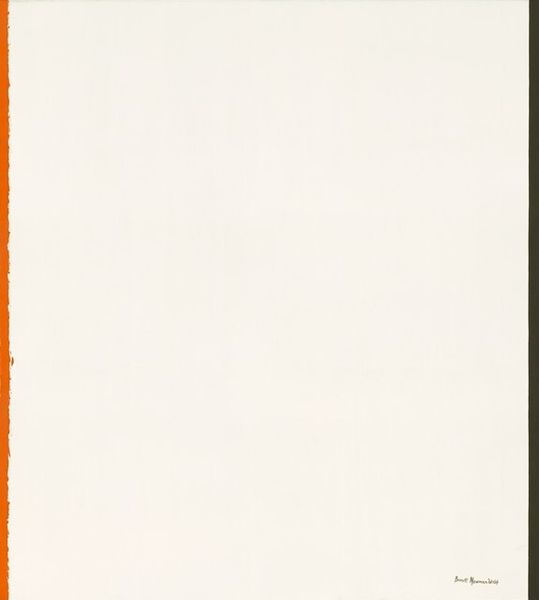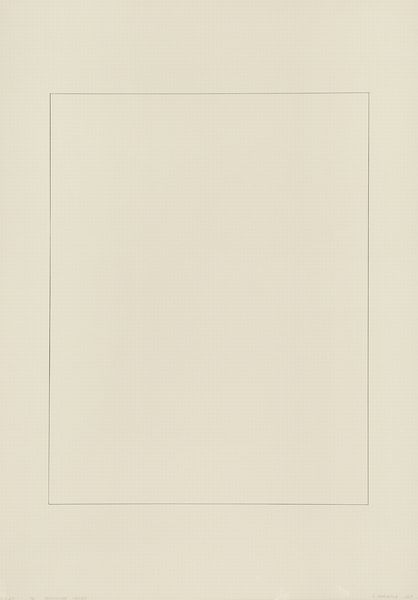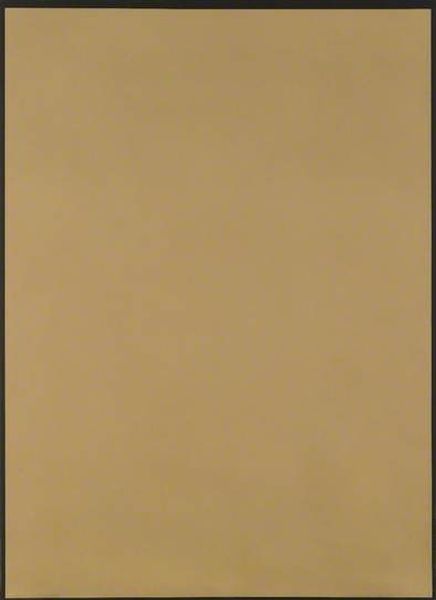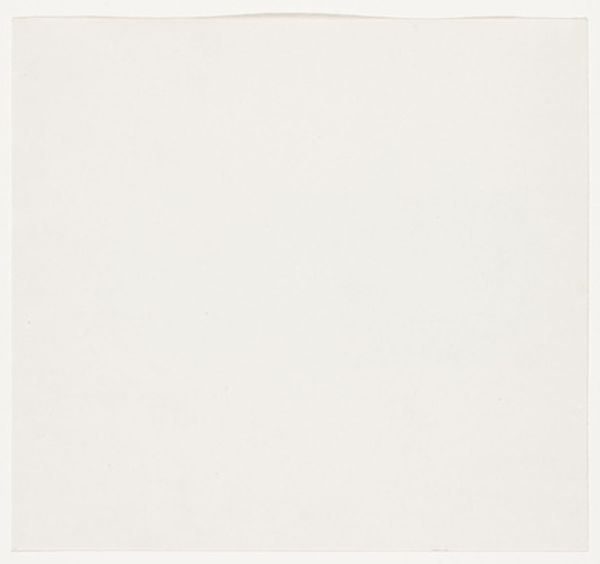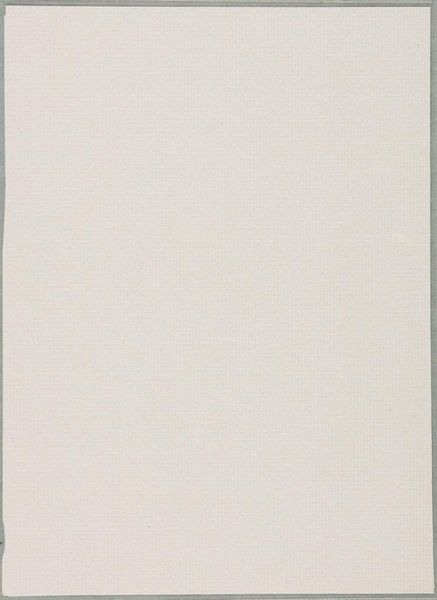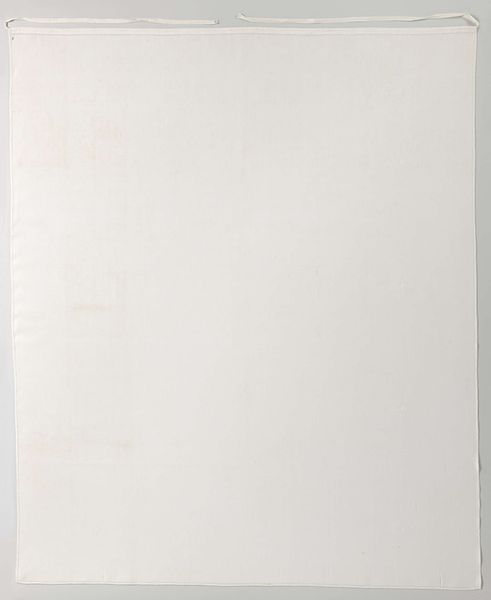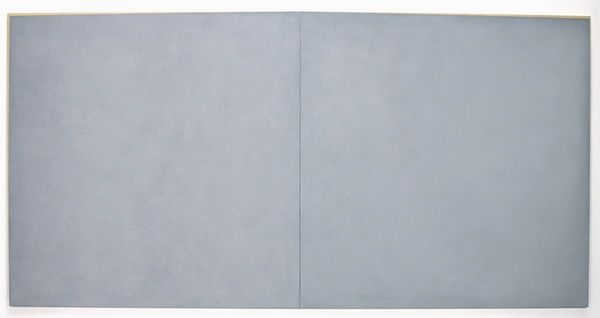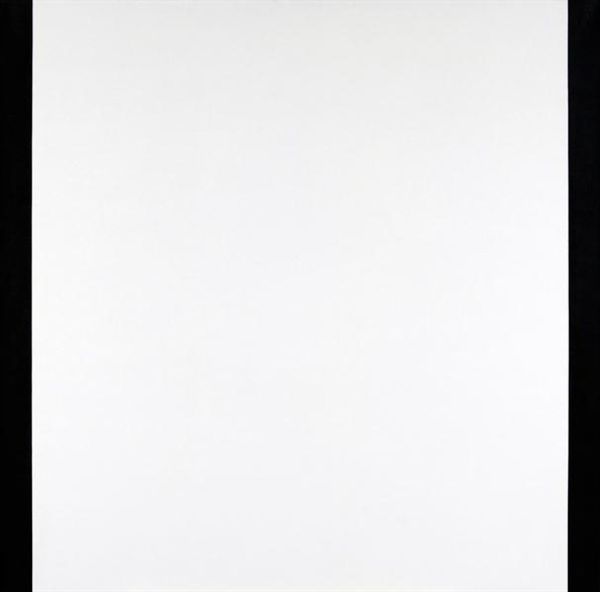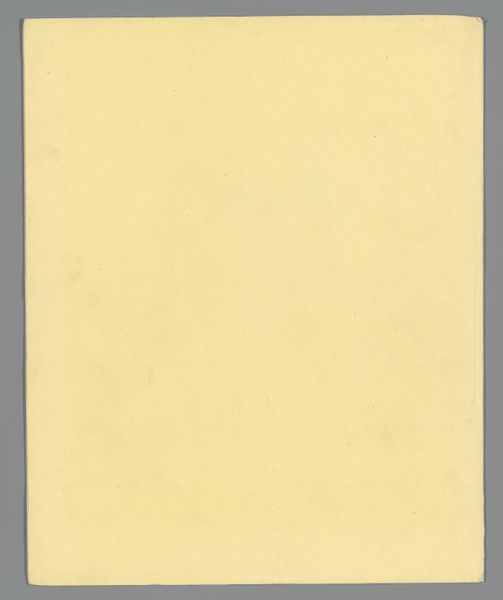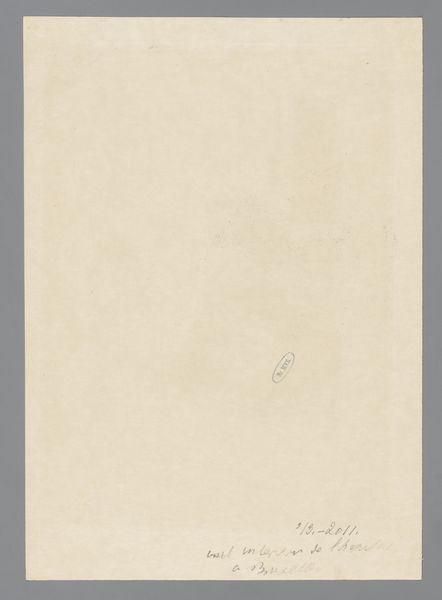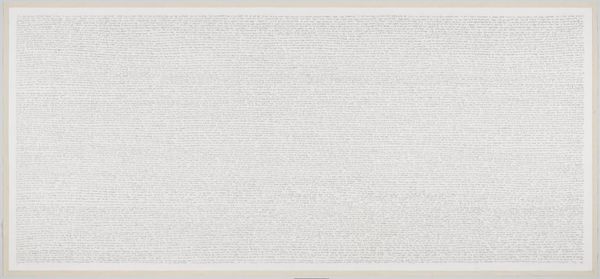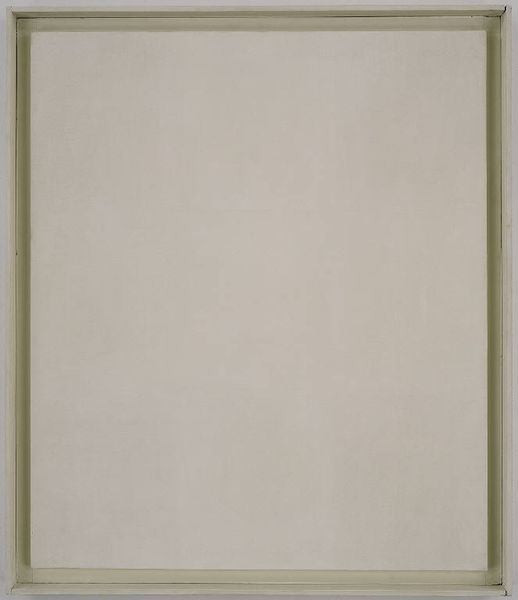
Dimensions: height 274 mm, width 347 mm
Copyright: Rijks Museum: Open Domain
Curator: Welcome. Here we have Ary Scheffer's "Optocht van gewapende mannen," created between 1829 and 1839. Editor: It's stark. Almost unsettling in its flatness. A pure field, practically absent of any discernible figuration or pictorial event. The surface, the blankness itself, becomes the primary focus. Curator: Precisely. Consider how Scheffer, known for his romantic historical paintings, departs from the conventional illusionistic space here. The whiteness almost negates any reading of depth. One may also note a lack of visual signifiers normally associated with martial procession or human events of any kind. Editor: It prompts a shift in focus toward the materiality. What kind of pigment? The ground looks like paper but if not, how much prep was involved in order to get a ground that blank? There are issues related to consumption embedded here, aren't there? What materials are available for such work? Curator: An important consideration, indeed. Note how this stark whiteness avoids anecdotal detail in favour of the conceptual weight of form. The lack of visible brushstrokes emphasizes the artwork's status as an idea rather than a crafted representation. The picture eschews typical aesthetics and prompts a deconstruction of pictorial expectations. Editor: You know, viewing it in this context of consumption, one has to ask, "What 'procession' could emerge from such material denial"? Does it reveal a stark underbelly where labor is being invisibilized for specific cultural consumption goals? And from a materialist point of view, that blankness signifies not aesthetic "purity" but active erasure. Curator: Such a stance helps unravel some underlying premises. The pure void could function almost as an anti-narrative, opposing historical painting norms while presenting philosophical conundrums related to history-telling. Editor: It’s unsettling how such an artwork, appearing superficially simple, unlocks such discussions. Thank you for opening my eyes to it. Curator: And thank you for challenging its supposed immateriality. These alternate perspectives reveal that nothing, perhaps especially an absence, comes from nothing.
Comments
No comments
Be the first to comment and join the conversation on the ultimate creative platform.
